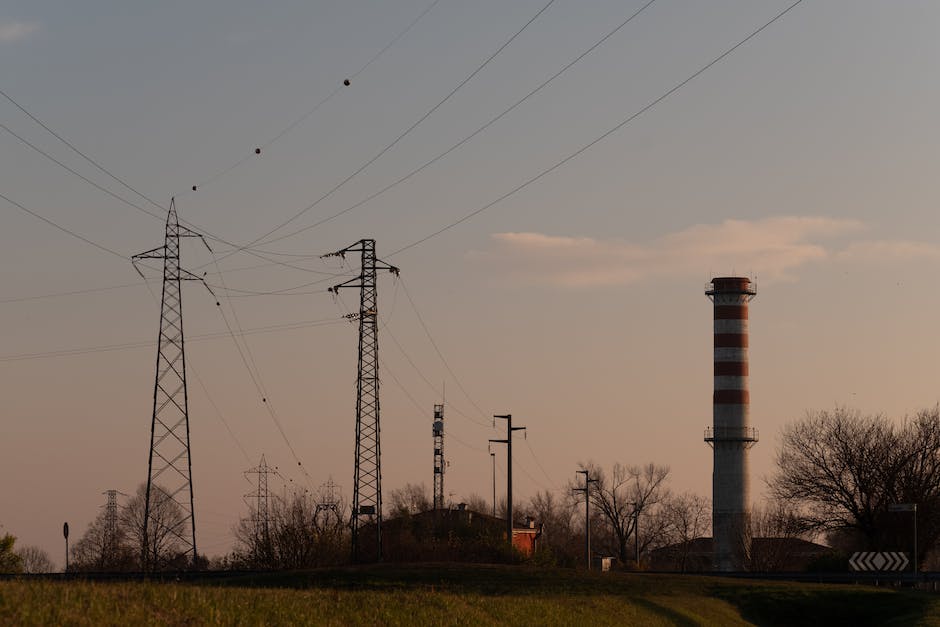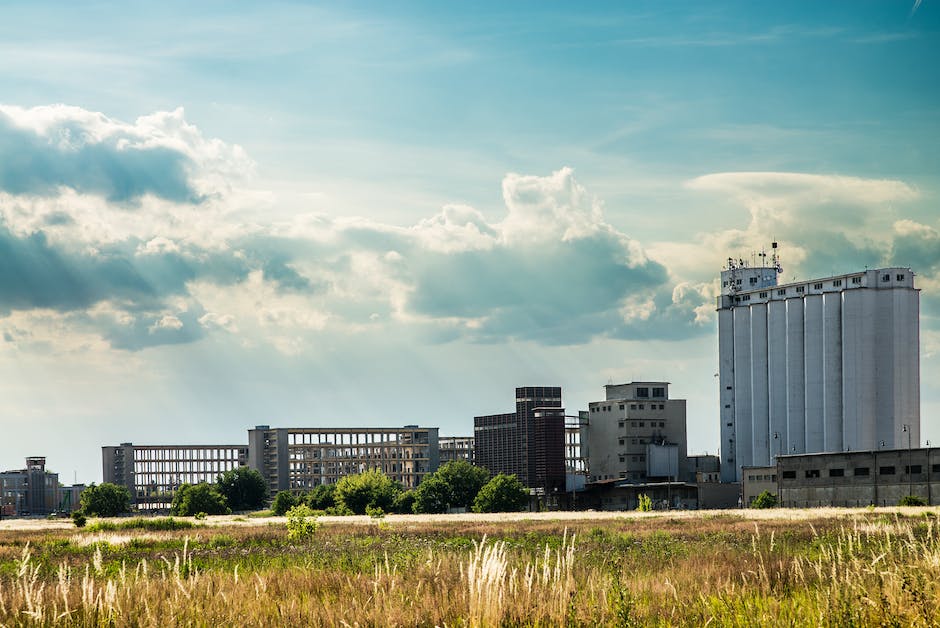Data analytics has become one of the most significant technologies in business these days. Companies are incorporating advanced data analysis into every area of their business, from marketing strategies to finding new products and services.
Retail is one such industry that has seen an explosion of data analytics. This technology can be used to determine the best way to market products, find new vendors, assess product quality or efficiency, and even predict customer behavior.
By analyzing large amounts of data, predictive analytic software determines what factors will influence future events. For example, if you know the average time it takes for someone to read a book, then you could use this information to determine when a person would want to buy a given item by looking at past buying patterns.
This article will discuss some key applications of predictive analytics in retail, as well as some potential pitfalls to watch out for.
Why do retailers use predictive analytics?

Recent developments in predictive analytics have allowed companies to perform analysis on past behaviors to determine how likely someone is to purchase an item or come into your store.
This has become increasingly possible due to advances in computing technology. Computers are very good at crunching through large amounts of data, which makes it possible to analyze patterns that tell us about who will buy what. Companies can now use this information to develop more efficient business strategies and services.
Predictive analytics can help you identify potential customers as well as evaluate whether current customers will continue to spend money in your area or region. It can also be used to assess whether certain products or departments within a department work better than others for revenue generation.
Retailers may even find ways to improve their internal operations using these tools. For example, they could test different types of marketing materials to see which ones get the best response rates.
Popular predictive analytics tools in the retail industry

Predictive analytics has become increasingly popular in the retail sector, as companies look to improve their efficiency by incorporating it into business practices. There are several well-known software solutions that offer powerful predictive modeling features for retailers to use to help them run their businesses more effectively.
Some of the most common applications of predictive analytics in the shopping experience include offering suggestions and recommendations to customers or potential customers via social media, mobile apps, email, and/or web pages, predicting product sales and stocking needs, and optimizing logistics operations.
By using this technology, organizations can gain insights about their products and services, and determine how best to promote and market them. For example, if one knows that people who purchased a certain item also frequently purchase other items, then marketing efforts for the first item could be targeted towards those individuals’ friends or contacts.
There are many reasons why predictive analytics is so appealing to retailers. It does not require expensive new equipment, and you do not need specialized training to implement it. What professionals with these tools typically learn, though, is how to make the predictions even better through experimentation and research.
Ways to improve customer experience

A growing number of companies are incorporating predictive analytics into the way they do business by looking at past data to determine how best to enhance the shopping experience for their customers.
This is called predictive analytics or behavioral research. Companies use this information to identify potential problems before someone actually has an issue, and then take action to prevent it from happening.
For example, if you find that most people in your database have a poor quality smartphone app, then you can either change the app or choose not to purchase the phone service plan that includes such a fee.
By using predictive analytics, you will be more informed about what factors affect your company’s success and which ones cost you money.
Ways that retailers can use predictive analytics

One of the most popular uses of predictive analytics in retail is for inventory management. By using statistical models to predict demand or scarcity of products, vendors can optimize their stock levels to save money.
By having an adequate amount of merchandise, you reduce shipping costs because you do not have to buy as many units per shipment to satisfy customer demands. You also conserve space at your warehouse by only stocking enough items to meet expected sales.
In fact, one study found that every $1 million spent on inventory management yields up to $21 in cost savings! That’s why almost half (44%) of companies reported optimizing their inventory as their top goal for 2017.
Predictive analytics strategies

Predictive analytics is a growing field of business that focuses on finding patterns in past data to determine what will happen next. Businesses use this information to help make smarter decisions, from choosing which products or services to offer, to whether or not to expand or close down.
Predictive analytics can be applied at all levels within an organization-from understanding how much inventory to order, to determining if a new product line will succeed or fail.
It uses predictive models (patterns) to predict future outcomes by studying past events. For example, if you have seen that people who work for your company enjoy coming to work more when their department has its own team, then you would create a model using that as a predictor to see if other departments should get their own teams.
There are many types of predictive analytics, with different approaches used to identify trends in the data. Some examples include regression analysis, clustering, machine learning, and pattern recognition.
Businesses apply these methods to find correlations between variables.
Ways to implement predictive analytics

Finding out how to do predictive analytics is not like learning how to bake or take sewing lessons, where you can learn some skills from YouTube videos and then start putting them into practice.
Predictive analytics requires specific tools that must be used in appropriate situations. There are many ways to use predictive analytics but not every business has those resources available, so it is important to know what types of businesses have these tools and how to evaluate if using predictive analytics is worth investing in.
Some examples of predictive analytics include predicting product sales, potential customers, and finding new products or markets for a company. All three of these things are very valuable to retail companies as they can make intelligent decisions based on predicted behavior.
Businesses use predictive analytics to determine whether or not to invest in additional equipment or supplies, close down stores, and even launch new lines or brands. Therefore, knowing how to apply predictive analytics to your own area of expertise is an excellent way to boost employee morale and motivation.
And while some areas of predictive analysis may seem obvious (for example, predicting poor customer service with no explanation), there are still plenty of methods to try when looking to improve efficiency.
What are the best predictive analytics strategies?

Properly implemented predictive models can have a significant impact on your business. There are many different types of predictive model you can implement to help your organization in its quest for more efficient operations and improved customer service.
The first step towards implementing any type of predictive modeling is to choose an algorithm or framework that makes sense for your business.
You should know what types of predictions your system will be asked to make so that you can pick a prediction method that fits those demands. This article will talk about some common algorithms used for predictive analysis as well as how to apply them to real-world situations.
Many companies begin their predictive analytics projects by trying to find patterns in past data. For example, if there has been a recent rise in sales, then it seems logical to assume that this will continue indefinitely.
This sort of statistical inference is often referred to as regression. A lot of businesses use regression to determine whether or not something (like hiring new employees) will increase sales.
However, regression alone isn’t enough when it comes to predicting future events. In fact, it’s quite possible to fit a linear pattern into almost anything, which means that such predictions would be wrong most of the time!
Event forecasting is a way to fix this problem by looking at historical instances together with current conditions. An event forecast predicts whether or not a certain behavior is going to happen within a set amount of time.
Take advantage of what you know

As mentioned earlier, predictive analytics is not new. In fact, it has been around for years and is being used in many industries to help predict future behavior and actions.
The retail industry is one that uses predictive analytics extensively. Companies use these algorithms to determine if an individual will place an order or not, how much they should buy, when they should run out and whether there are any empty spots at a nearby store they can visit before running out of something.
By using this information, retailers can save time by knowing when to expect an order or pick up some items at a closeby location. They also have data to determine if someone who placed an order just recently still wants more products so they can offer them extra discounts or even give away those extras as “x” number of item giveaways during their next shopping trip.